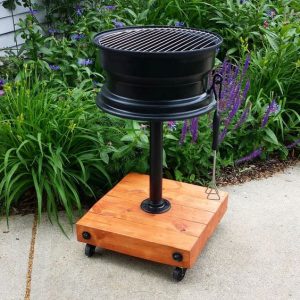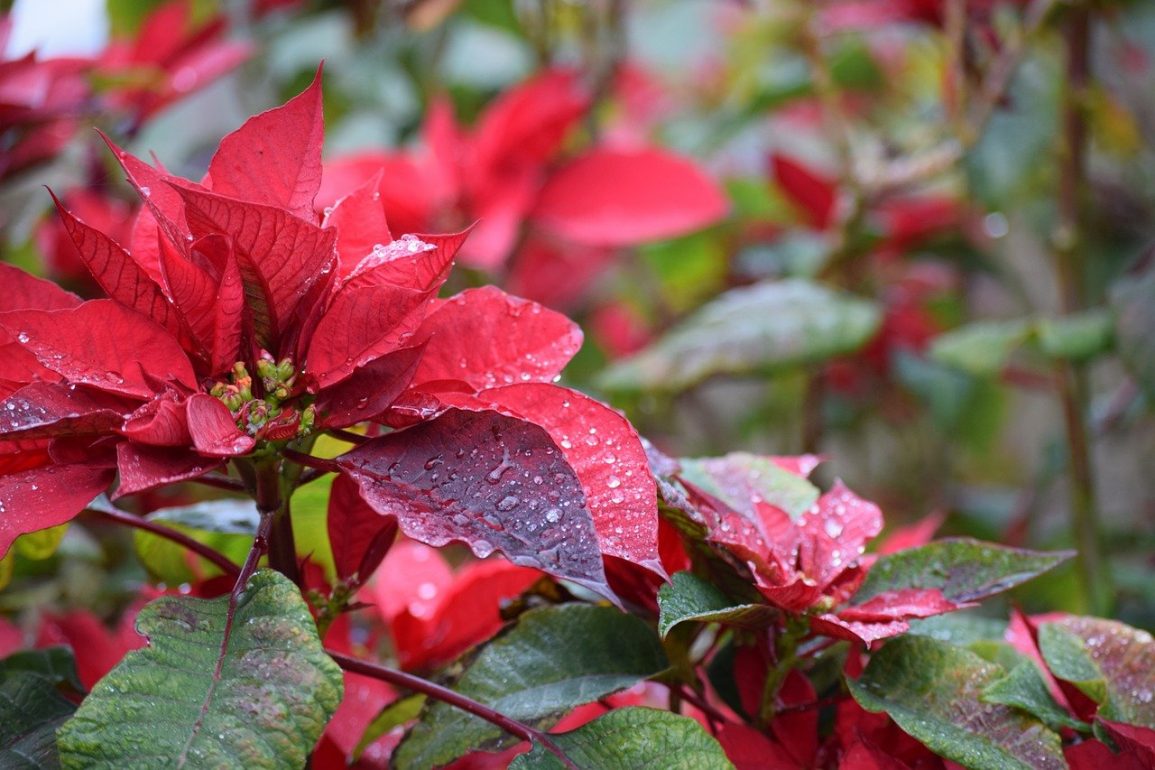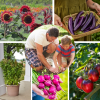Tips for your Eco Garden in December – Winter has arrived, with frost, heavy rain, and chilly winds. Sunshine hours are much reduced and there’s always the risk of snow. All of this may keep us indoors, but when there’s a little sunshine we need to get out in the garden, catch up on tasks, keep an eye on winter protection and make sure any greenhouse heater is working.
Things to do…
Flowers, Fruit & Vegetables – Alpines can be sown from seed this month. They need a period of cold to wake them up. A sheet of glass can be positioned over the sown area to protect it. Alternatively, the seeds can be stratified in the fridge, for sowing next spring, if you have room with the turkey!
Root cuttings can be taken now. Papaver (perennial poppies), Verbascum (mullein) and Phlox are great examples.
This is also the ideal time to clear up weedy beds ready for spring mulching. Get warmed up and finish with a glass of mulled wine.
Improve the drainage of heavy clay soils by working in plenty of bulky organic matter, such as composted bark.
Trees and shrubs – Protect newly-planted trees, hedges and shrubs from cold winds and frosts, with a windbreak made from supporting stakes and fabric like hessian. This will stop the old loosening and lifting the roots.
Tie wall shrubs and climbers onto their supports to protect them from wind damage.
Prune open-grown apples and pears (but not those trained against walls)
Prune Acers, birches, and vines before Christmas to avoid bleeding (when sap leaks from a wound or pruning cut on a tree, shrub or woody climber)
Deciduous trees and shrubs can still be planted and transplanted.
Houseplants – Check that light levels are sufficient for houseplants to carry on over the winter. Don’t leave them neglected in a back or a spare room that receives little natural light, or with the curtains left drawn.
Reduce watering of houseplants – more die from overwatering than any other cause. Adjusting your watering routine once plants are moved back inside the house is essential for continued survival.
Most plants benefit when the soil is allowed to dry slightly between waterings. This dryness ensures that oxygen penetrates to the plant’s root system, oxygen that is just as essential for good plant growth as water. Often a plant can be allowed to wilt slightly before it is watered, this gives an indication of when water is needed.
Poinsettias are a traditional festive plant but can be difficult to keep. Avoid buying those that have been accidentally chilled, particularly from street stalls on cold days. Once home, place them in a warm, light place, away from drafts, to ensure they last for as long as possible.
Greenhouse – Put up insulating material such as bubble wrap on the inside of the greenhouse for added protection.
This is a good time to clean all your old pots and seed trays so that they are ready for next spring’s flurry of activity.
Lawns – Grass will continue to grow in temperatures above 5°C (41°F), so if the weather remains mild you can use the mower to keep the lawn in trim.
Watch your lawn for signs of waterlogging, as the weather gets wetter. You may be able to remedy this with some maintenance, clear the leaves and spike to let the water drain away.


Recycling – There are so many fantastic recycling ideas for fire pits, I was particularly drawn to the Fire Pit and Grill made with Recycled Car Parts from the 1001gardens.org website, not only does it look great it’s the perfect excuse to socialise the night away whatever time of year.
Birds & Wildlife – Drinking water entices birds but keeping it ice-free is not as critical as many people believe. On freezing days, birds should use baths for drinking only—not bathing. The simplest and probably the safest and most environmentally conscientious way to provide water in winter is to set out a plastic bowl at the same time each day and bring it in when ice forms.
If you do want to keep a birdbath ice-free during sub-freezing days, you have several choices. Manufacturers now offer birdbaths with built-in, thermostatically controlled heaters.
A less expensive alternative is a light bulb set in a flower pot under the water basin. The light bulb will provide enough heat to keep the water from freezing. Ideally, plug your heater into a ground-fault interrupted circuit (available from hardware or electrical supply stores) to eliminate the chance of electric shock.
Lilly Light


